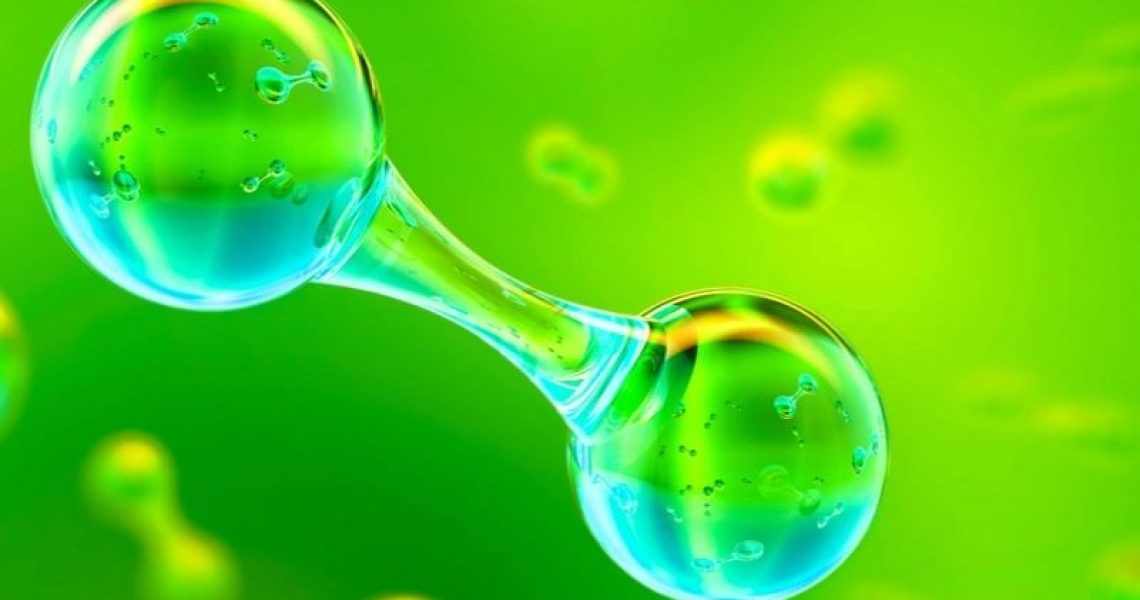Hysata, a company spun out of the University of Wollongong (UOW) to commercialise breakthrough Australian hydrogen electrolyser technology, officially opened its doors today with $5 million in funding led by IP Group, with support from the Clean Energy Finance Corporation (CEFC).
Hysata is developing a new hydrogen electrolyser that has the potential to significantly shift the economics of green hydrogen production, bringing the Australian Government’s $2/kg target within reach.
Electrolysers, which use electricity to split water into hydrogen and oxygen, are the key technology for producing green hydrogen.
The Hysata electrolyser is based on breakthrough Australian technology developed by a team from the UOW headquartered ARC Centre of Excellence for Electromaterials Science (ACES), led by chemical catalysis and characterisation expert Professor Gerry Swiegers.
Professor Swiegers has an outstanding track record in commercialisation, as the inventor of over 50 patent families and the founder of six start-ups, which have received an estimated $100 million in investment.
The Hysata technology has been proven at lab-scale and the company, which has strong scientific, engineering and commercialisation experience, is now focused on developing and commercialising a full-scale system. Hysata is based at UOW’s Australian Institute for Innovative Materials.
Professor Swiegers said: “Inexpensive green hydrogen is needed for decarbonisation of multiple industries to put us on a path to net zero by 2050. Years of work from a great team at the University of Wollongong, along with great facilities and government funding are coming to fruition in a company that has the potential to have global impact. It’s great to be working with IP Group — they have global reach and deep experience commercialising university research.”
Paul Barrett, Head of Physical Sciences at IP Group Australia and Hysata Interim CEO said: “Hysata represents a once in a lifetime opportunity to reshape an industry. I’m delighted to be working with Professor Swiegers and the team at the University of Wollongong to bring this technology to market. This will have an impact both economically and environmentally on our path to net zero.”
Michael Molinari, IP Group Australia Managing Director said: “We have been looking globally for new technology that can unlock the trillion-dollar opportunity in hydrogen. The Hysata technology is truly world-leading, and we’re very excited to help the team in their mission to make green hydrogen a reality for Australia and the world. This company is a great example of the tremendous economic opportunities that can be unlocked by the research being done at our universities.”
ACES Director Professor Gordon Wallace said: “These exciting developments are based on significant fundamental research that is taken from the translational pathway by a team with technical and commercial skills fully integrated. We, at ACES, are fully committed to such ventures.”
Professor Jennifer L Martin, UOW Deputy Vice-Chancellor (Research & Innovation), said: “The innovative technology developed by Professor Swiegers and his team exemplifies our ambition to deliver fundamental research that leads to impactful change. UOW’s research and innovation strategy is focused on creating knowledge for a better world, underpinned by our prioritisation of the UN Sustainable Development Goals, which include the goals of affordable and clean energy, and climate change mitigation.”
Green hydrogen is widely acknowledged to be a crucial part of reaching net zero emissions globally, with the potential to meet up to 20 per cent of energy demand in a net zero global economy. Green hydrogen enables deep decarbonisation of hard-to-abate sectors, with potential applications including steel, heavy transport, shipping, aviation, chemicals, seasonal storage in the electricity sector, and gas grids.
It also presents an enormous economic opportunity, with global demand of trillions of dollars expected by 2050. Hydrogen and derivatives like ammonia represent a multi-billion-dollar export opportunity for Australia, due to its excellent renewable energy resources, ample land and established status as a leading energy exporter.


